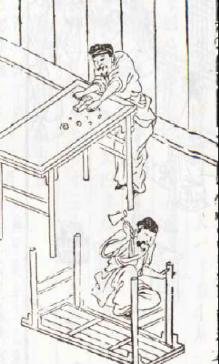This project addressed sociocultural issues, knowledge mobility across space, and the social context of artisans. In this context, socialcultural issues refer to esoteric tradition, popular religion, and ritualization of technologies. Ruling diverse people over vast distances, the premodern Chinese state employed a variety of tools to align political and economic interests and create unity among its subjects. From the time of the establishment of a centralized state, the hub of these efforts was the emperor with his court advisors. Presiding over a waning and waxing sphere of influence, both politically and intellectually, it was this small group who defined which technology was emblematic to the imperial eye, and which goods and resources commanded state control and enhanced its prestige. Working from the premise that the object incorporates it own technological, social, and cultural history, this project working in cooperation with the Palace Museum, Bejing, examined jade, silk, porcelain, embroidery, enamel, bronze, and interior features and the relationship between the court, the craftsmen, the state, and the people. Archival materials and artifacts of the Palace Museum, the National Library and The First Historical Archive of China, all located in Beijing, unfolded the various means and media of knowledge production, such as design sketches and architectural plans, craft tools, samples, devices, and models used for the communication of new technologies, designs, and ideals. The project acknowledged that while technology serves art, art needs technology to be represented; the integration of extant objects with historical archives and documents offer a complete and systematic understanding of the types, production, management, use, and technical and artistic achievements of the imperial Qing court. The project worked towards the first book in a series dealing with the court’s attitude to all kinds of knowledge from astronomy to zoology.

